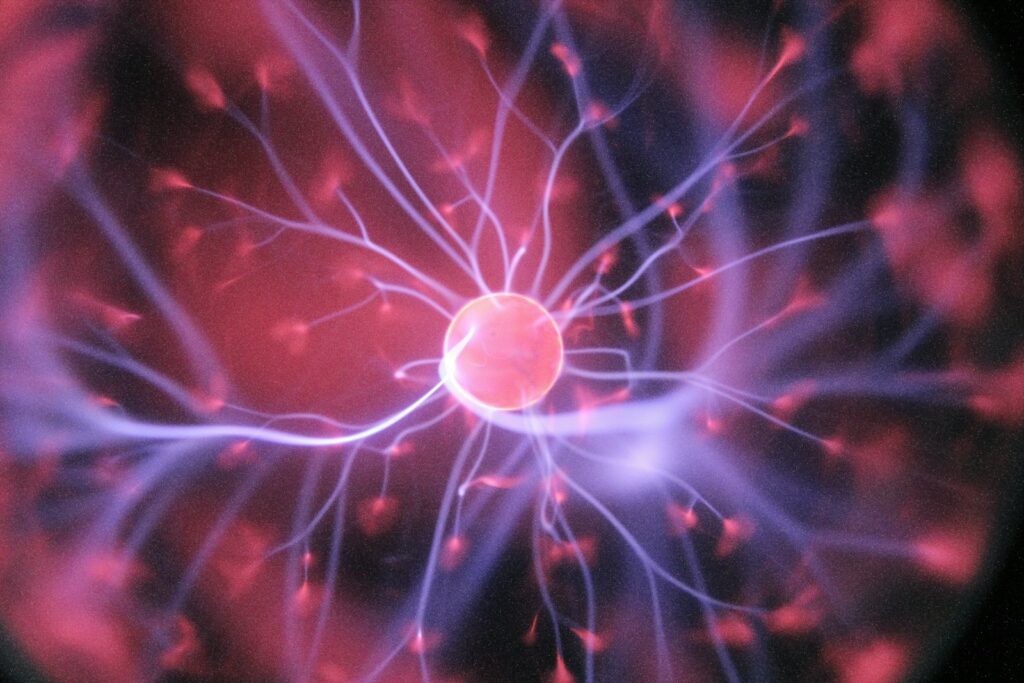What exactly does a micronucleus do? While it doesn’t serve a biological function, its presence reveals a story — one of chromosomal damage and genomic instability. This article explains how the micronucleus acts as a biomarker for DNA damage and why it’s central in toxicology and regulatory testing.
Formation of the micronucleus
A micronucleus originates when:
- DNA double-strand breaks are misrepaired, producing chromosome fragments (clastogenesis).
- Whole chromosomes fail to attach to the spindle (aneugenesis).
- The resulting fragments are excluded from the main nucleus, forming a small, separate nuclear body.
Mechanistic factors include mitotic spindle errors, hypomethylation, or kinetochore dysfunction.

Biological role and interpretation
The micronucleus is not functional — it’s a marker of harm, not an organelle with a purpose.
Its presence and frequency directly indicate chromosomal damage and genomic instability.
- High micronucleus frequency → increased genotoxic potential.
- Biomonitoring studies have linked micronuclei frequency in lymphocytes to carcinogenic risk and environmental exposure.
Detection techniques
- Manual microscopy: Giemsa or DAPI staining.
- Automated image analysis: High-content screening and AI-based recognition.
- FISH staining of telomers and centromeres for clastogen or aneugen effects
- Flow cytometry: Quantitative and reproducible assessment of thousands of cells.

Why it’s a key biomarker
- Detects both clastogenic and aneugenic mechanisms.
- Provides a quantitative, dose-dependent signal.
- Compatible with human, animal, and in vitro models.
- Accepted globally for regulatory submissions.
GenEvolutioN insight
At GenEvolutioN, our scientists leverage validated OECD 487 protocols and advanced imaging systems with specific FISH staining of telomers and centromeres to deliver high-sensitivity micronucleus detection — combining scientific accuracy and regulatory compliance.
Contact us to evaluate your compound’s genotoxic potential.

